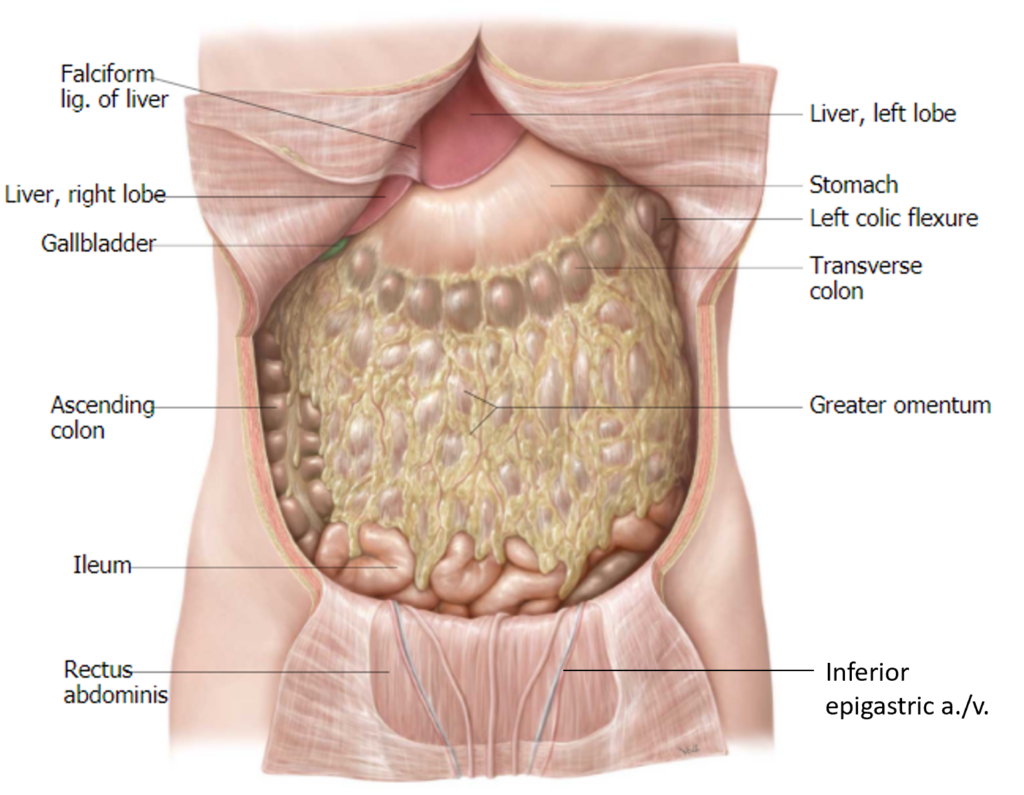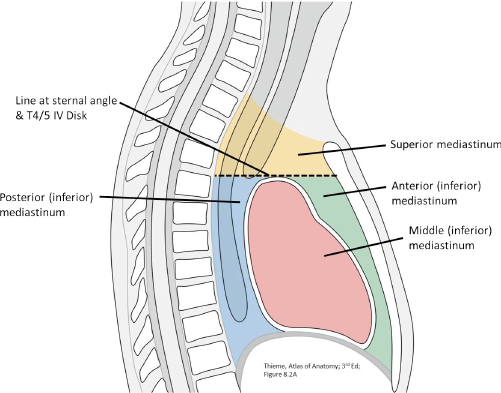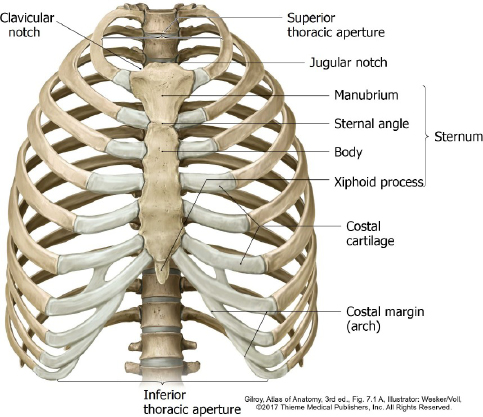Pelvic vessels, nerves, and lymphatics
Optional Reading Clinically Oriented Anatomy, 8th ed., chapter 6, Neurovascular structures of pelvis section through Clinical box: Neurovascular structures of pelvis. Vascular supply of the pelvis Arteries The internal iliac arteries are the prime sources of blood to pelvic structures. They also supply musculoskeletal structures outside the pelvic cavity (hip and gluteal regions). Arising from […]
Pelvic viscera
Optional Reading Clinically Oriented Anatomy, 8th ed., Pelvic viscera section through Lymphatic drainage from female pelvic viscera. The “lay of the land”: The pelvic viscera are below the peritoneum, surrounded by visceral pelvic fascia, and separated from one another by subperitoneal pelvic connective tissue “packing material.” Most of the organs in the pelvic cavity (rectum, […]
The pelvic cavity and pelvic skeleton
Optional Reading Clinically Oriented Anatomy, 8th ed., chapter 6, Introduction to pelvis and perineum section through The bottom line: Pelvic cavity, pelvic peritoneum, and pelvic fascia. The pelvis is the region of transition where the trunk and lower limbs meet. Since the word pelvis comes from the Latin term for basin, it is used more […]
zLab 11: Peritoneal Cavity and Overview of GI

Download this lab as a PDF Goals Open the anterior abdominal wall and study its internal aspect. Examine the peritoneum, peritoneal cavity, mesenteries, omenta, and peritoneal ligaments. Locate the subparts of the greater sac. Study the lesser omentum and demonstrate the lesser sac. Study the organs of the abdominal cavity: liver, gallbladder, stomach, small intestines, […]
Autonomic innervation of thoracic organs
Now let’s take the principles of the ANS that we learned in Principles of the autonomic nervous system (ANS) and apply them specifically to innervating thoracic organs. Autonomic nerve plexuses Autonomic motor and visceral afferent fibers reach and leave thoracic organs through autonomic nerve plexuses. Concept In autonomic plexuses, parasympathetic and sympathetic fibers and visceral […]
Heart and pericardium
Location of the heart and pericardium The heart and pericardium are located in the mediastinum, resting atop the diaphragm, between the lungs and pleural cavities. Owing to its development, most of the heart is located to the left side of the body’s midline. The size of the heart is described as that of the person’s […]
Pleura, pleural sacs, and lungs
Pleura and pleural sacs Pleura is a serous membrane associated with the lungs. Pleura comes in two varieties: Visceral pleura Read More Visceral pleura invests each lung; in fact, it forms the outermost layer of the organs themselves. It is snugly adherent and difficult to remove. Being structurally part of the lungs, it is derived […]
Introduction to the thoracic cavity
In this chapter Subdivisions of the thoracic cavity The thoracic cavity is divided into two pleural spaces bilaterally, containing the lungs and pleural sacs, and a central space containing the rest of the thoracic viscera called the mediastinum (Latin = median septum). Next Pleura, pleural sacs, and lungs
Lab 9: Mediastinum and Heart

Download this lab as a PDF Goals Define the extent and boundaries of the mediastinum as a whole; describe the boundaries and contents of the subdivisions of the mediastinum. Clean and demonstrate the structures in the superior mediastinum. Open the pericardium, study its parts, and demonstrate the “great” vessels of the heart. Remove the heart. […]
Lab 8: Dissection: Chest Wall, Overview of Thoracic Cavity

Download this lab as a PDF Goals Clean the thoracic body wall to demonstrate the sternum, ribs, costal cartilages, and intercostal spaces Remove the anterior thoracic wall; Inspect the pleural sacs and mediastinum Open the pleural sacs and define the pleural cavity, parietal pleura, and visceral pleura Remove the right lung Strip pleura from right […]